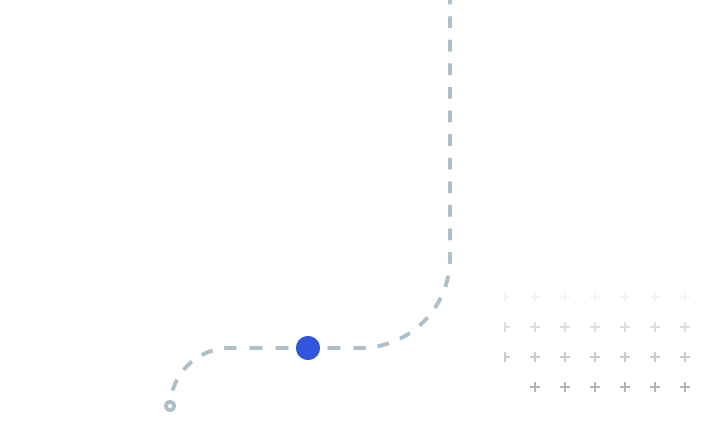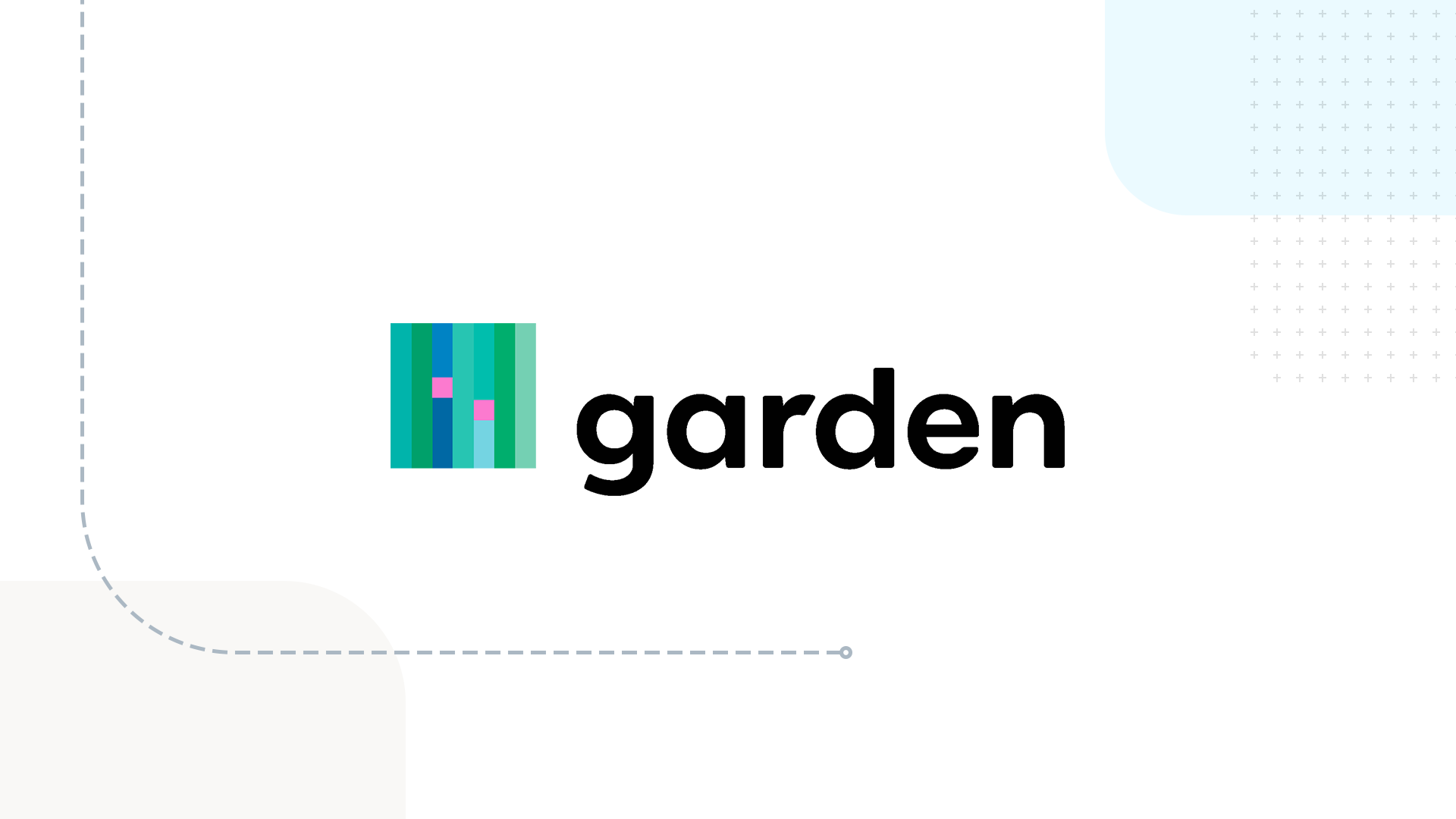It’s no secret that developers are a hot commodity. Anyone involved in building or growing software teams knows that developers are so scarce that even inexperienced software engineers have become shockingly expensive and increasingly difficult to hire and retain.
It’s a situation that’s only going to get worse before it gets better. At Sorenson Ventures we frequently talk with enterprise technology leaders who tell us how they struggle to find the technology talent they need to support business operations, digital transformations, and cloud migrations.
That’s why we were so excited to meet Jon Edvald and the team at Garden.io. Jon recognized the developer scarcity problem years ago when he was leading development and operations teams as a CTO at his first startup, Clara (acquired by Jive Software), and, more recently, as VP of Engineering at Clue, a Berlin-based company focused on ovulation tracking and women’s health.
In these roles, Jon realized that most cloud developers spend too much time setting up and maintaining development, testing, and deployment environments and too little time actually writing software. According to Garden’s own research, cloud developers spend an average of just 11% of their time actually writing code.
A bigger portion of the developer’s time–approximately 15 hours per week—is dedicated to operational tasks, including maintaining internal tooling, setting up dev environments, debugging pipelines, and waiting for builds or test results. Industrywide, this amounts to a huge cost of more than $100 billion dollars of waste and inefficiency every year.
The dirty little secret of cloud engineering is that developers spend considerably more time doing what Jon calls “plumbing” rather than the work for which they were hired—writing software. There had to be a better way, right?
Unfortunately, there wasn’t. So Jon and his team created Garden.io.
Garden.io is a Berlin, Germany-based startup that uses a graph-based framework to automate builds, deployments, and tests for every stage of the software delivery cycle. In simple terms, Garden.io provides a comprehensive development and testing platform to help companies deliver applications to the cloud faster and better.
What’s most ingenious about Garden.io is its stack graph-based approach. In the Garden development framework, every component automatically describes itself and its dependencies across the environment. Garden transforms these component-level descriptions and relationships into a comprehensive and executable graph that more closely resembles microservice and cloud application environments than traditional, linear enterprise software development approaches.
Since Garden automatically maps dependencies and relationships across the system, it can significantly improve the speed and efficiency of complex development pipelines. Garden reduces the time developers spend writing and maintaining custom glue code and end-to-end tests. Garden also eliminates wasted time as developers and testers no longer have to wait for colleagues to finish interdependent components or testing cycles.
Developers using Garden.io can spin up in-cluster, production-like development environments on demand. They can run integration and end-to-end tests while coding for immediate feedback. Because their tests and builds are dependency-aware, they can accelerate the continuous integration (CI) pipeline and deploy to production or work with their existing continuous deployment (CD) tools. The result is faster builds, tests, and deployments, all while relying on a single tool for both the development and CI stages of the software delivery lifecycle.
What’s more, Garden.io’s cloud-based development environment provides live code syncing and instant feedback in addition to real-time logs and test results that help teams catch issues early in the process. And Garden.io is designed to be extensible and multi-platform now and in the future.
Garden.io already combines popular tools and environments like Terraform, Kubernetes, and serverless, among many others, in one toolchain. With its stack graph-based approach, Garden can be extended to incorporate additional capabilities such as security, observability, and cost management in the future.
As product geeks, we’re not afraid to admit that we were initially attracted to Garden.io’s technology. We saw how their stack graph could improve developer productivity and focus for enterprises which increasingly rely on cloud-based applications and software-driven business processes.
We also appreciated that Garden could be used for all distributed systems, not just Kubernetes. We liked that it was designed to be flexible and could integrate easily with point and legacy CI/CD solutions and enrich their capabilities. And we understood that by accelerating all inner-loop development, building, testing, and deployment, Garden.io could almost immediately help businesses address developer scarcity and productivity issues.
What convinced us to invest in Garden.io, however, was the team. We love how they combined extensive developer experience and a first-principles, business-oriented approach. The Garden.io team is grounded in user problems but fearless in the scope of their solutions.
In practical terms, this means that Garden.io doesn’t waste time nibbling around the edges looking for simple and small ways to improve current DevOps frameworks. They constantly challenge themselves with big questions: How can we relieve developers of mundane tasks that create inefficiencies and distractions; what are the best ways to optimize developer productivity and experience; and how can we help companies align cloud, Kubernetes, and distributed system DevOps with their business objectives?
Garden.io has taken a bold approach to solve big problems in the enterprise software space. Their vision is to create a zero-waste software development environment for a sustainable world. It’s exactly the kind of team with whom Sorenson Ventures likes to partner.
We look forward to working with Jon Edvald and are very excited to watch his Garden.io grow.





